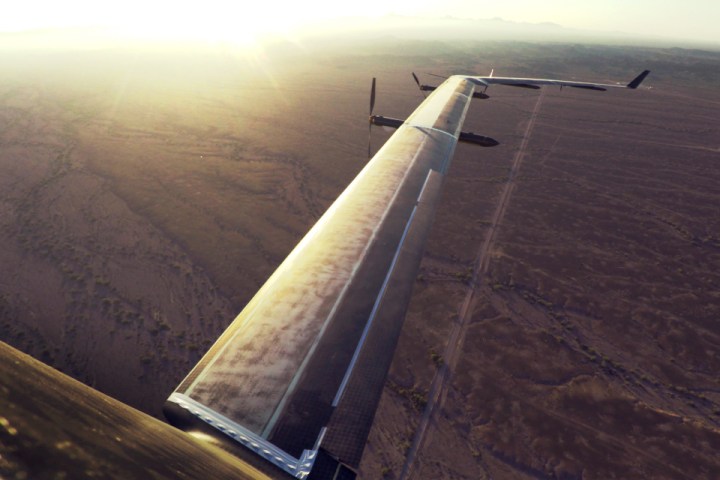
The NTSB concluded that the “autoland” feature of the Aquila malfunctioned, causing the autopilot to dip the drones nose to compensate. The unexpected maneuver caused the drone to fly faster than its normal speed of 25 miles per hour, which twisted the drone’s right wing.
“The autopilot was unable to track both the airspeed and glidepath simultaneously, and gave too much priority to tracking the glidepath at the expense of not limiting the airspeed,” Facebook said in a statement. Winds were at 18 knots at the time of landing, far above the 7 knots engineers had already planned for that day.
A fix for the issue shouldn’t be too difficult. Facebook says that it tweak both the design and the software. On the design side, a drag device will be added to help slow descent, and software rewritten to prioritize airspeed over altitude tracking.
This might mean less accurate landings or an abort if conditions aren’t right, but it should prevent an incident like what Aquila engineers saw in June. The changes will also be factored into the second-generation Aquila drone, which Facebook has already started development on.
Facebook is betting quite a bit on its drone project, as it sees the Aquila as a way to beam internet service — and through it,
Real-world trials of the Aquila drone are expected to begin in 2018, provided Facebook can find government partners to agree to allowing the drones to fly over their airspace.


